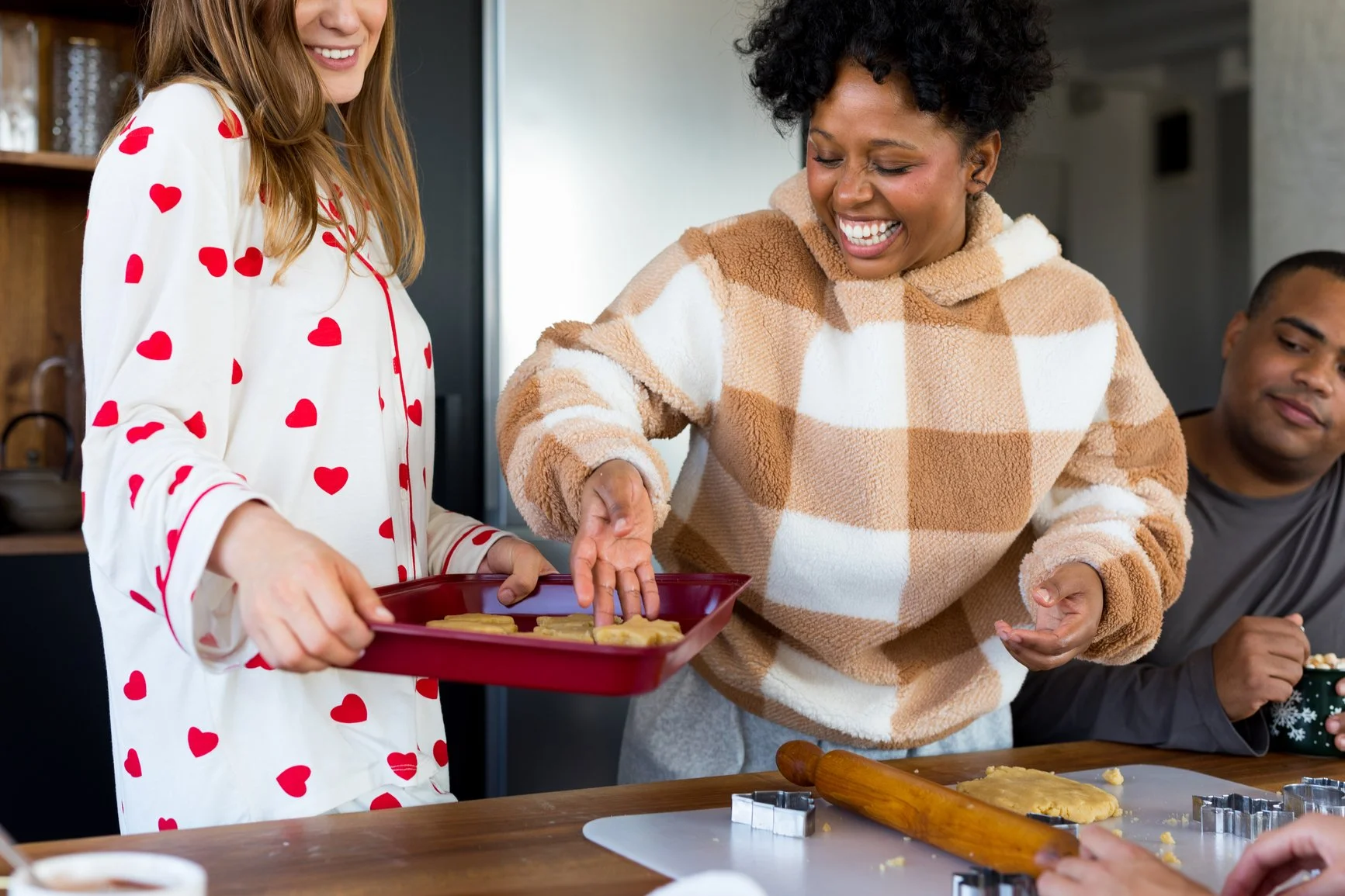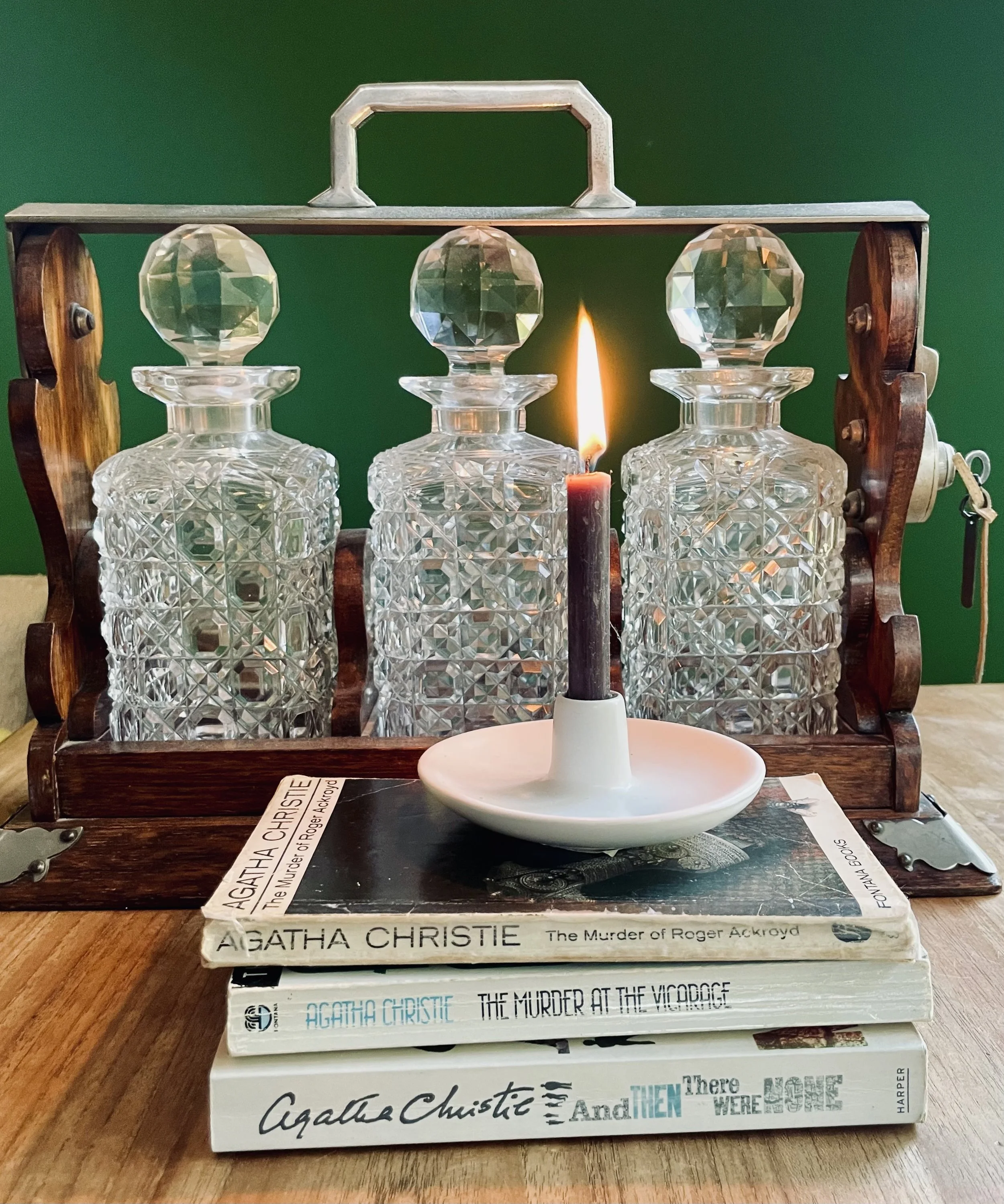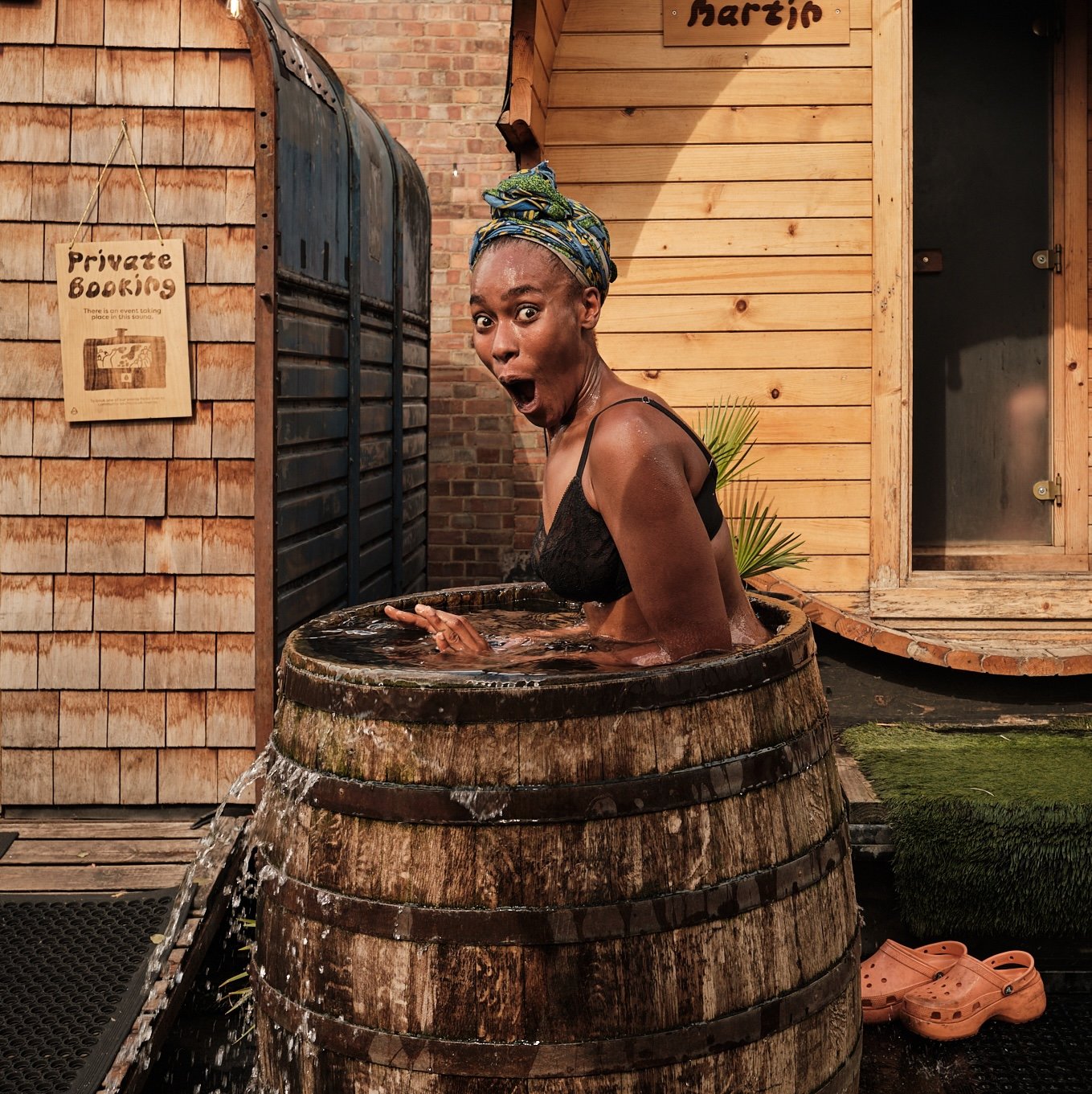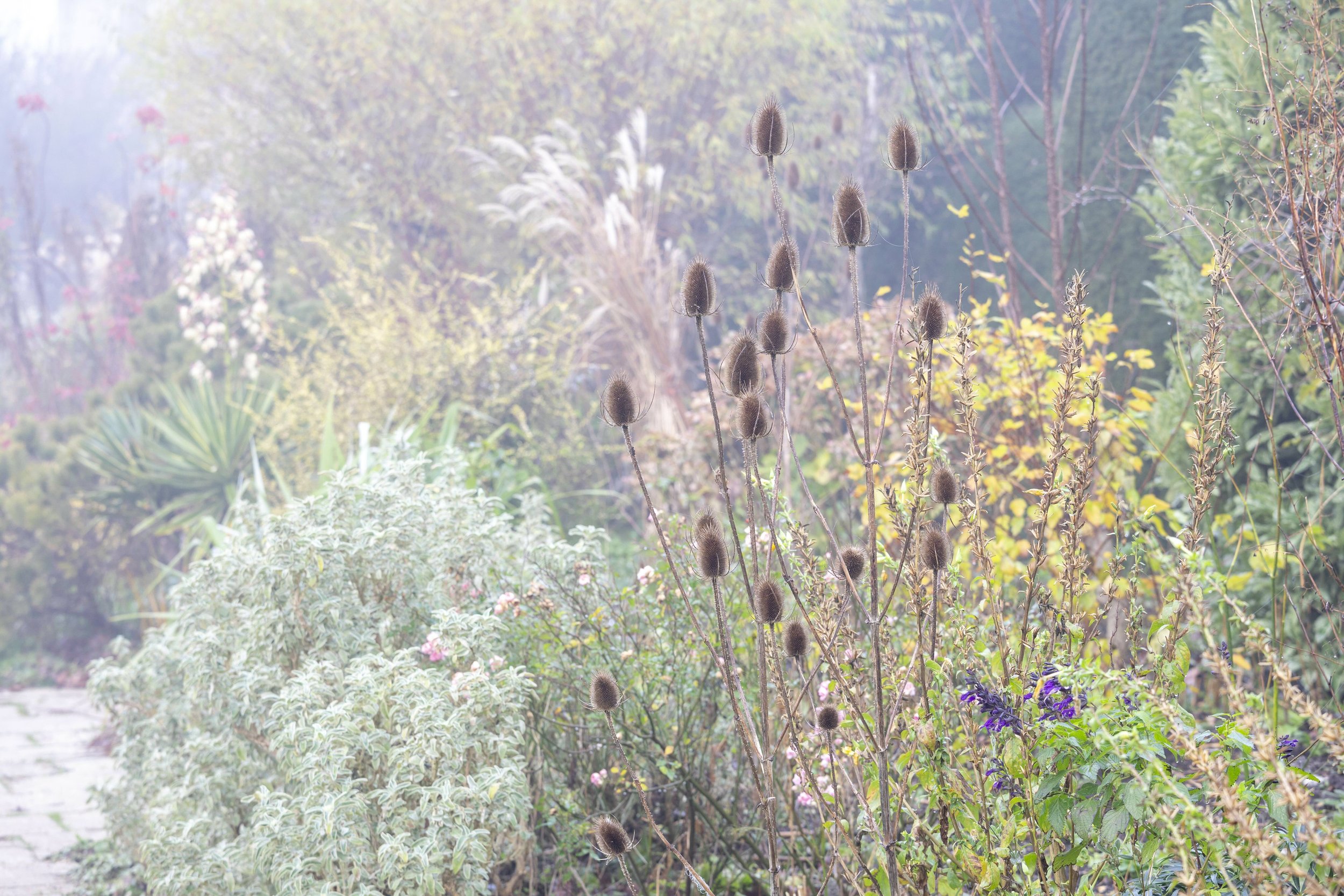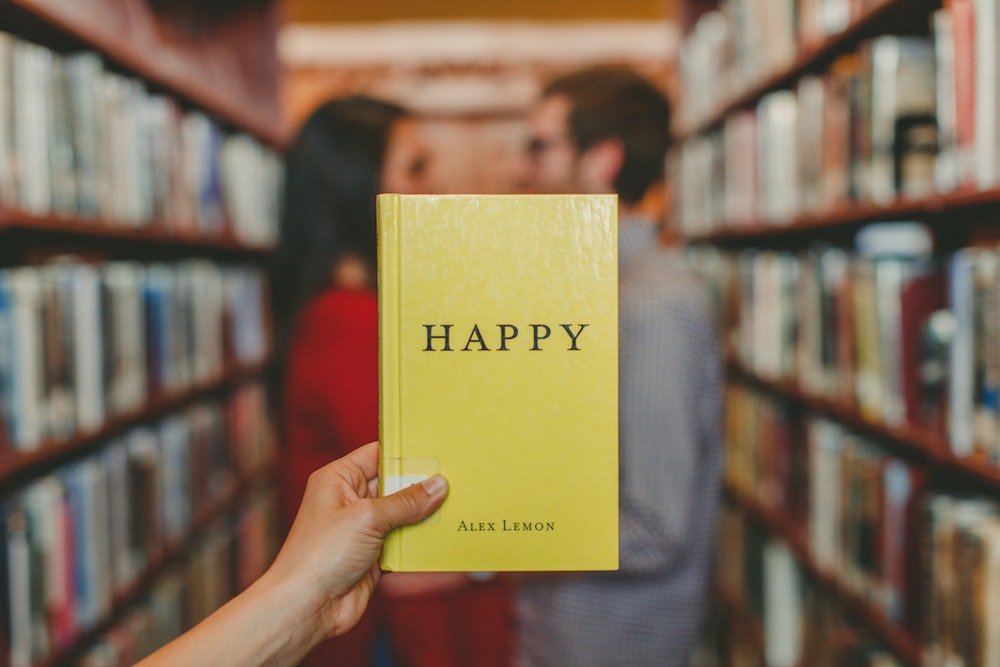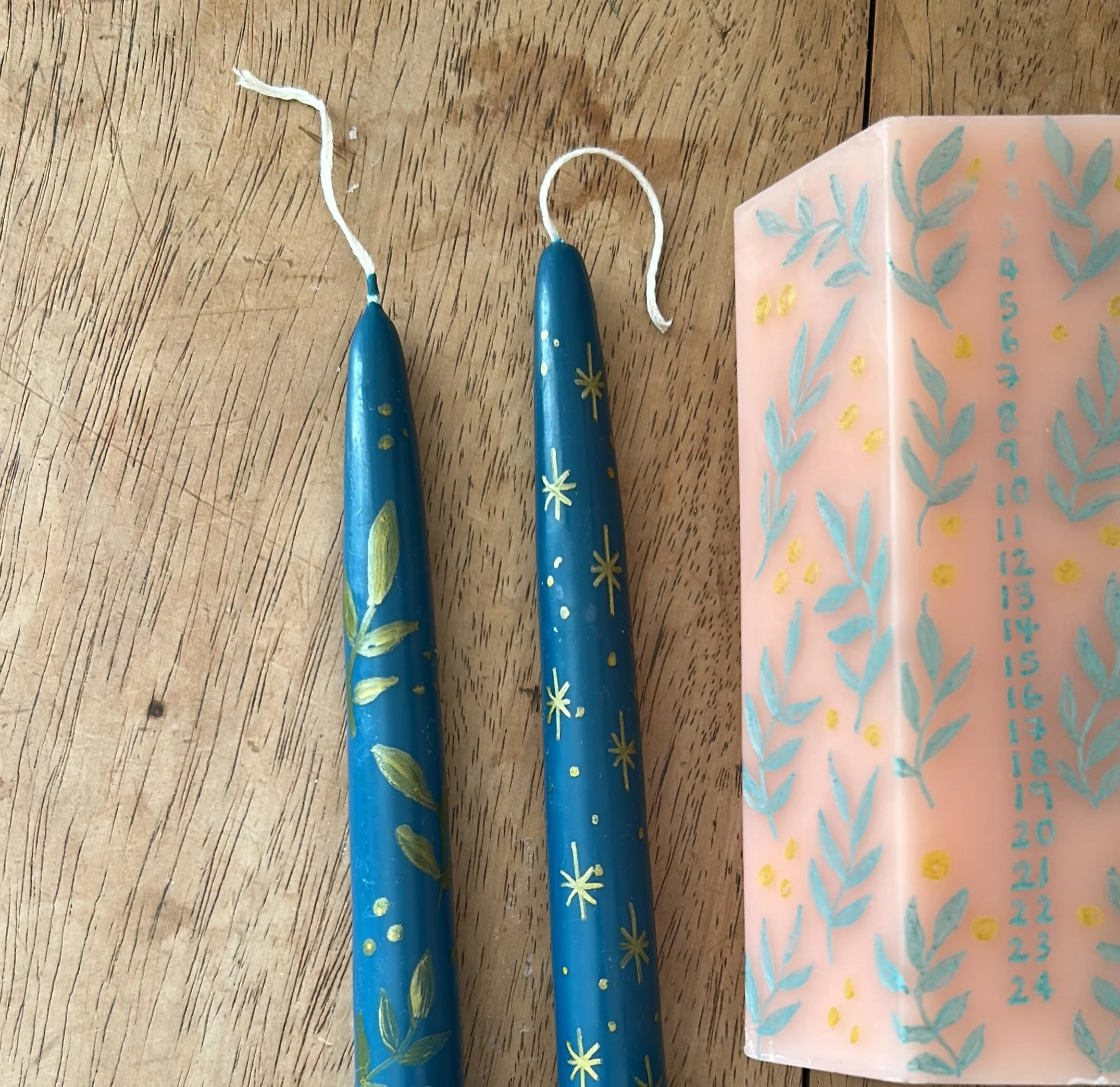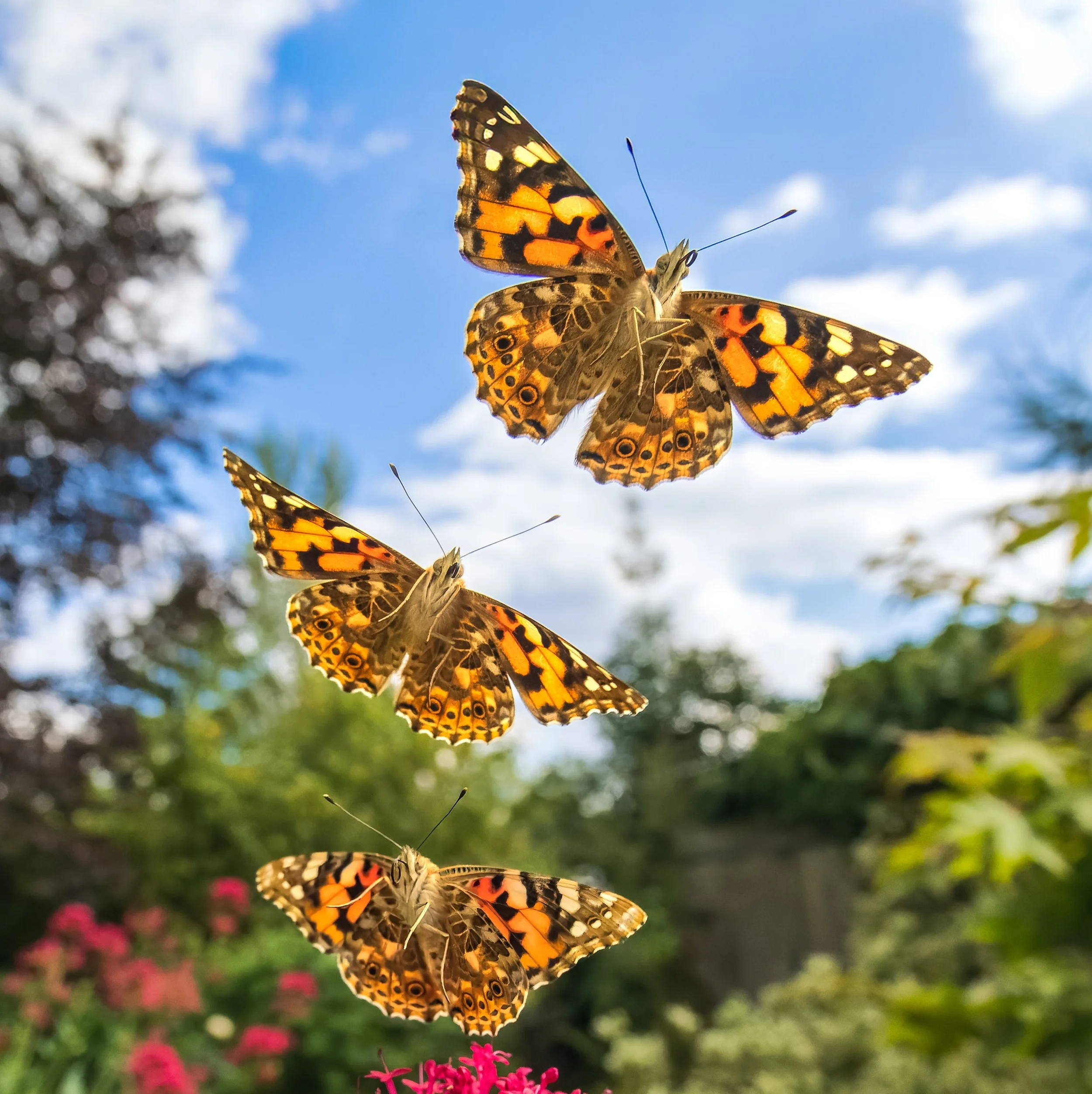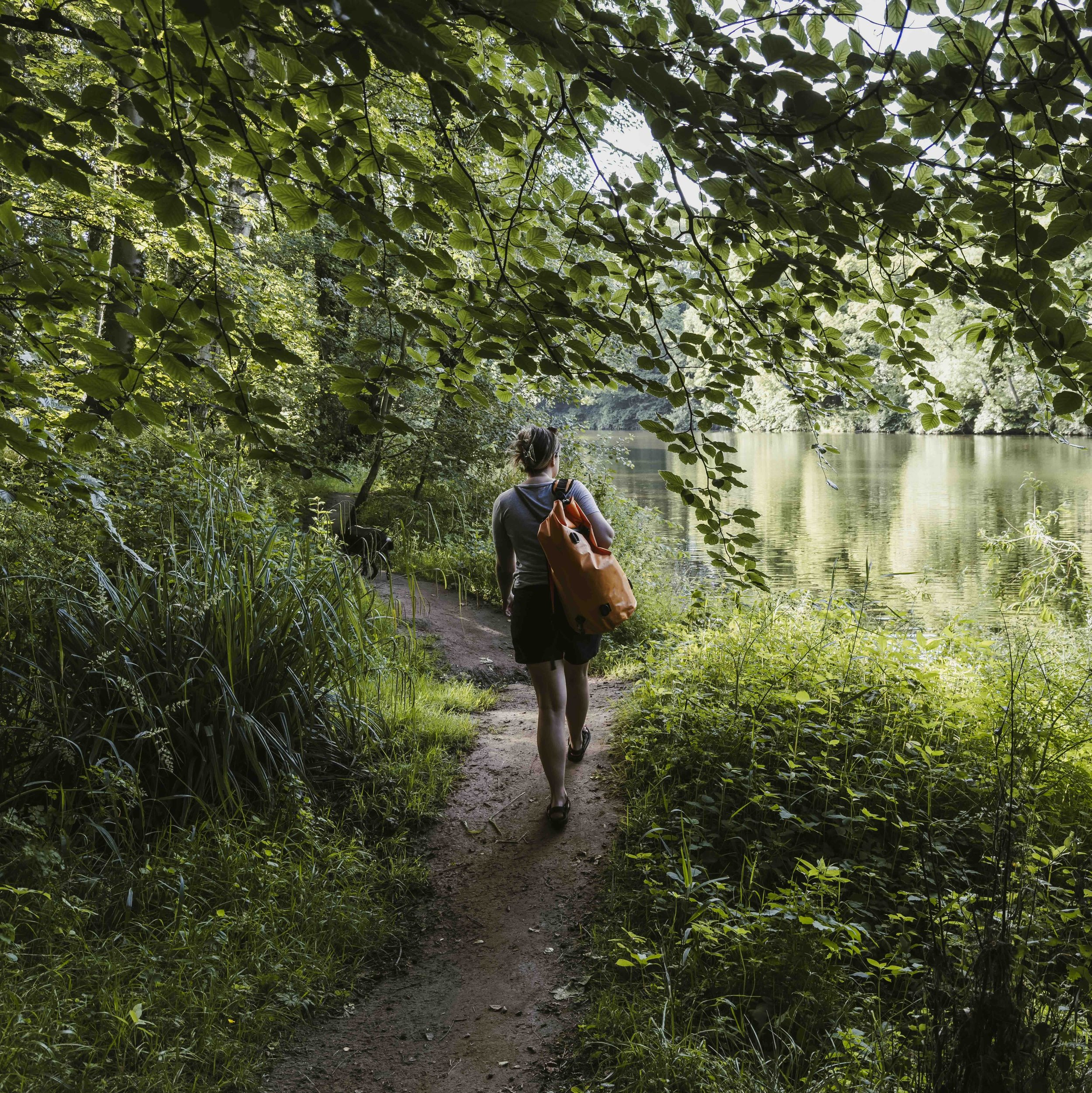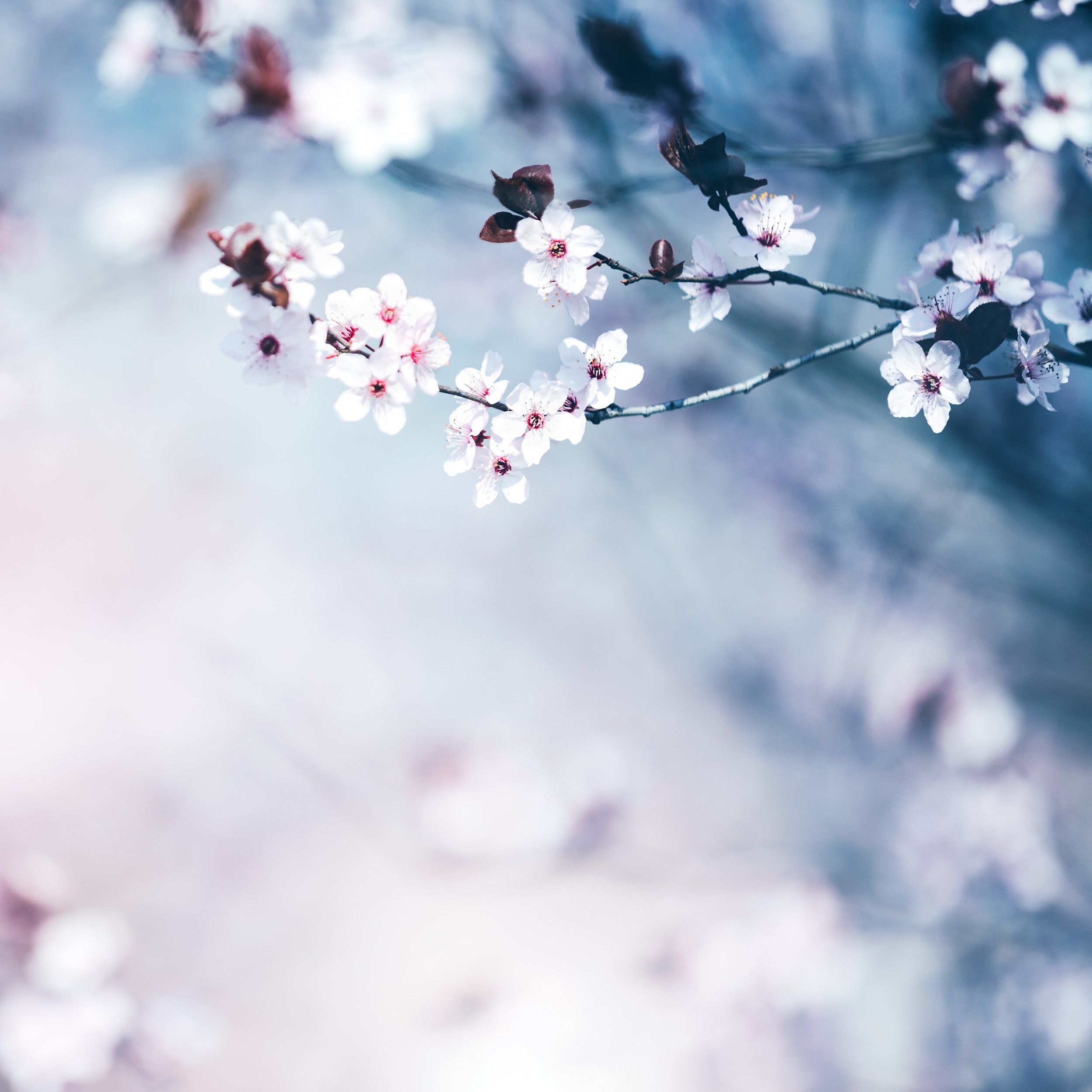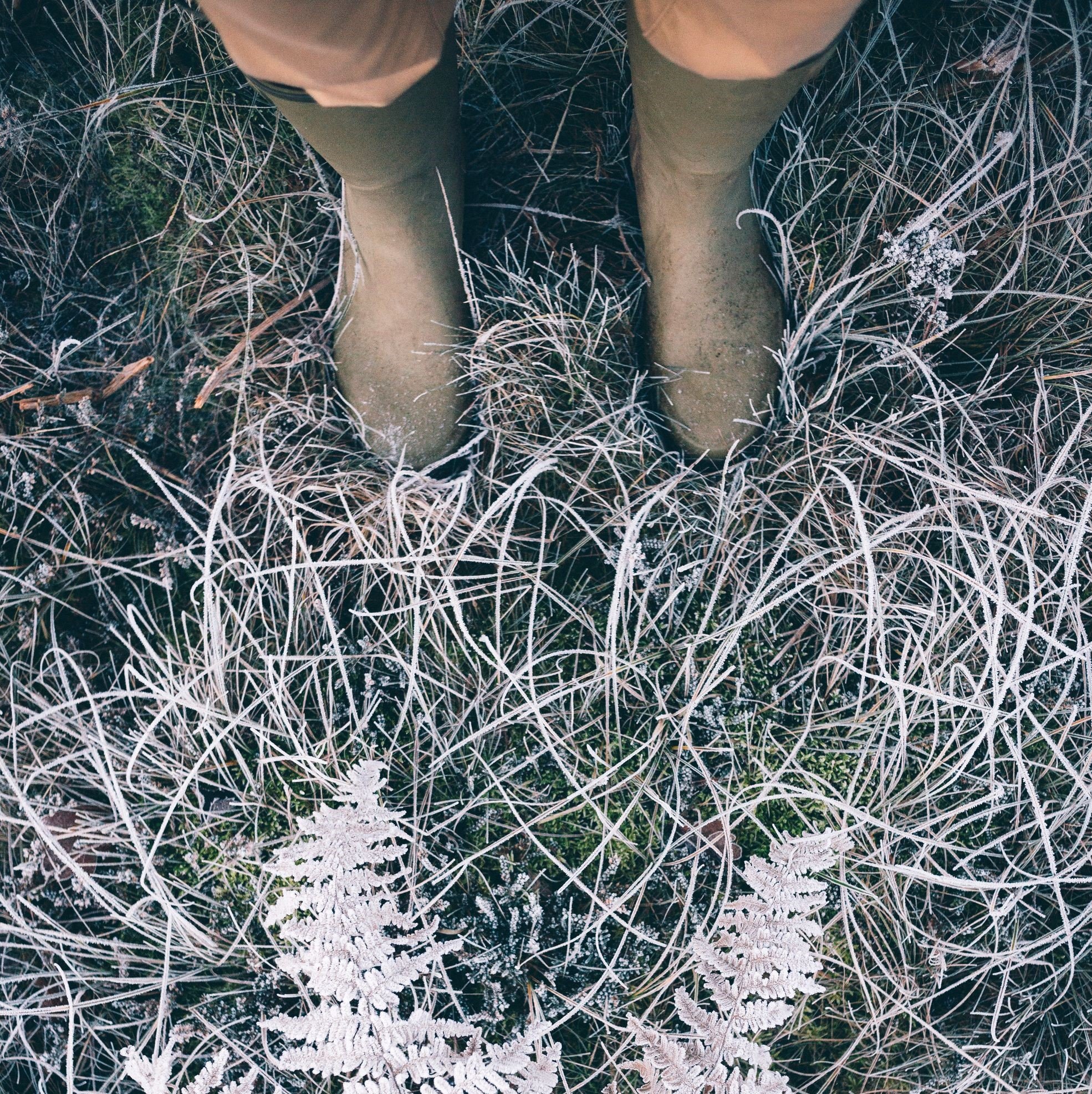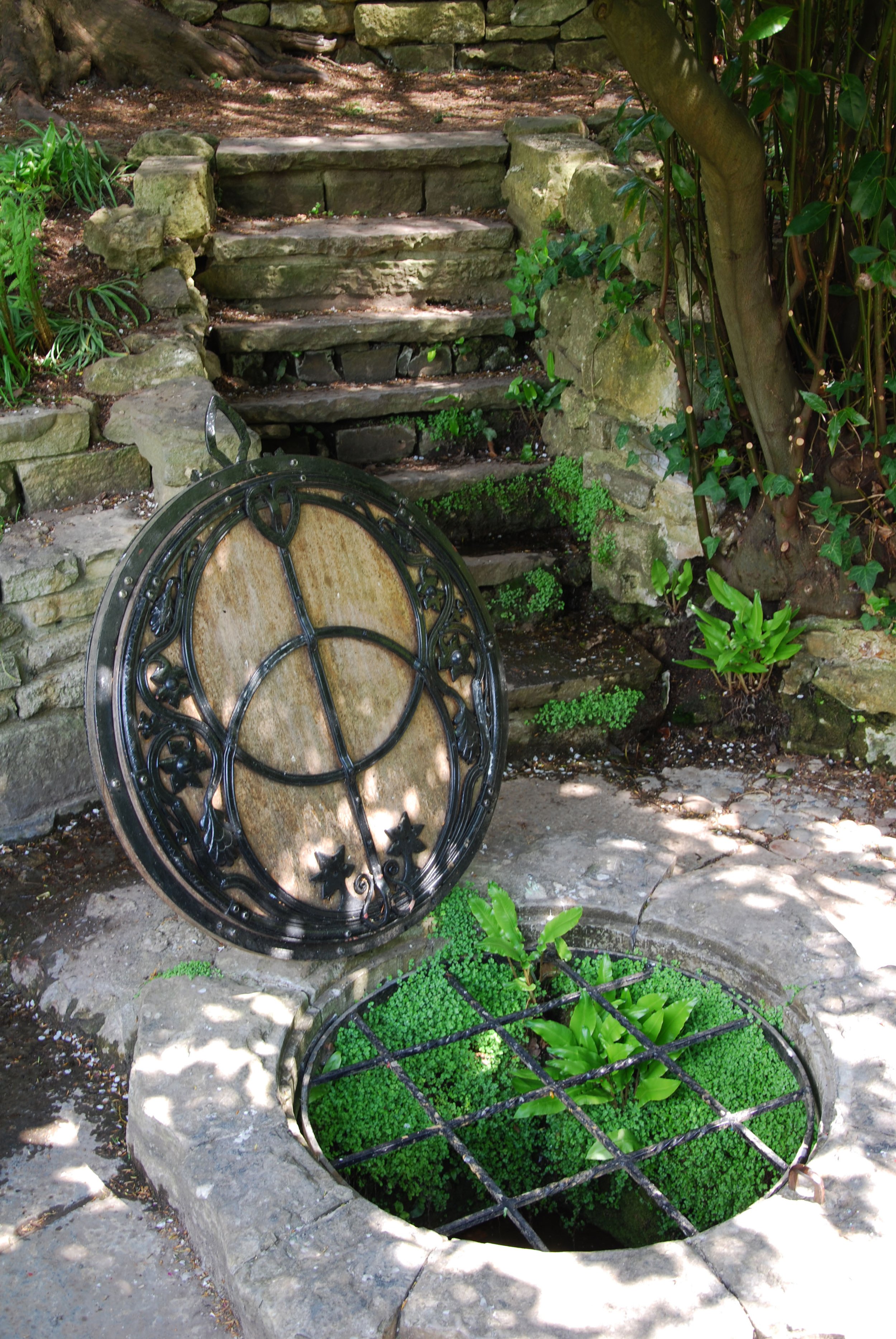PJs and fluffy socks at the ready - here’s how to do sleepovers properly
In our November issue we looked at the ways in which holding a sleepover as an adult can help cement friendships, find some time for ourselves and even improve our wellbeing. Here are a few suggestions on activities for your sleepovers (and no pillow fights or apple pie beds, we promise!)
1. Teen sleepovers tend to involve long (and usually horribly scary) films, but as an adult you probably want to leave plenty of time for conversation, too. Ditch the long films and choose a TV show or something short that takes less time to watch but that you can chat alongside. Masterchef, Pottery Throwdown or The Traitors are all good choices. Anything with a competition element works well as something you can chat about as you watch. If there’s nothing on right now that you all want to watch, you could go back through the archives. Ed Balls on Strictly from 2016, anyone?
2. Make it a cafternevening (a late crafternoon) and get everyone to bring something they’re working on, or set up a simple craft everyone can do. It needs to be no more complex than crocheting granny squares really, so you don’t have to concentrate so hard it makes conversation difficult. But working on a project alongside others, you often find chat comes more easily, and it’s nice to have something to remind you of the night too. If sewing isn’t your thing, pottery painting, air clay projects or potting up houseplants or terrariums all work well, too.
3. Take the food up a notch from takeaway pizza and marshmallows. Cooking together and enjoying sophisticated sharing food can feel sociable without feeling ‘silly’. Put together grazing boards of cheese, charcuterie, olives and nuts. Everyone can make their own, just as they like them. Or you could make a nachos bar together - put someone in charge of the guacamole, someone for grating cheese, someone else for making salsa, and then all dig in once it’s spread out nicely on the table. Beers optional but recommended.
4. We’re never too grown-up for games but they need to feel low-key and easy to drop in and out of. There’s nothing worse than enforced fun (especially when it goes on for hours). Collaborative board games like Pandemic take away the element of competition. Or try card games that encourage conversation such as We’re Not Really Strangers as a grown-up alternative to ‘Never Have I Ever’. Let’s face it, most of us have already done most of the daft things that might come up in Never Have I Ever by our age, and any that we haven’t, we probably aren’t going to start now!
5. Keep the focus of the sleepover on ‘sleep’. Unlike the slumber parties of our youth, your guests are probably expecting to actually get some shut eye! Let’s face it, 9pm bedtimes feel like a real treat these days for many of us. So make your guests as comfortable as possible, encourage bringing cosy bedtime items such as dressing gowns and warm socks and serve milky drinks or herbal teas to help everyone wind down at bedtime.
Read more about how you can rekindle the magic of the sleepover in our feature Spend the Night in our November issue.
Buy this month's The Simple Things -buy, download or subscribe

